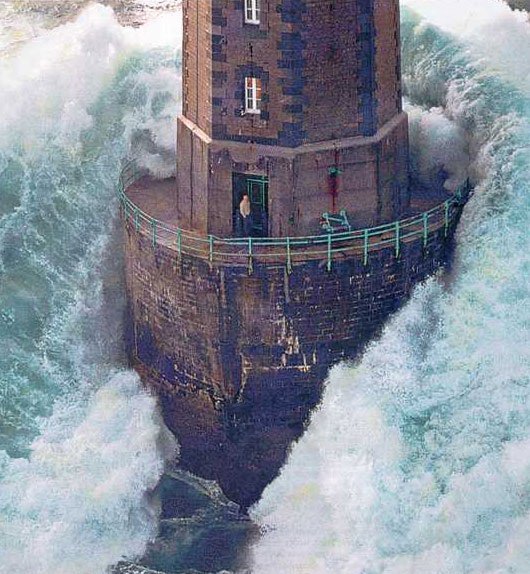If you have a variable rate, or a loan that will be resetting, you’re not alone if you have a sense of impending doom. Often times mortgage payments are almost doubling over night. This usually puts home owners in a fairly vulnerable position — even the ones that like white water rafting.
And by this point, of course, they’re usually upside-down, owing more than their property is worth, so it can get feeling a little hopeless.
So what can people do? If you qualify, some lenders are doing loan modifications, fixing rates, lowering rates, forgiving a portion of the debt, adding delinquent amounts to the back of the loan, etc. But what if, after all the banks contortions, you still can’t really afford the payment?
I usually see people doing one of two things:
- list the property, hoping the bank will approve a short sale so their credit isn’t as trashed and they can avoid at least some of the humiliation of the foreclosure process
- stop making the payments, let the foreclosure process run its course, and stay in the property for free as long as they can, sometimes even squeezing out more time with legal manuevers
I guess each course of action has its merits, it just depends on what’s most important to you. I regularly work with sellers who find themselves in difficult circumstances. Whether I help them negotiate with the bank for a loan modification or a short sale, the bank will usually need to see the following:
- hardship letter (the story of what happened)
- financial statement (income and expenses)
- 2 months’ worth of bank statements
- 2 months’ worth of pay stubs
- 2 years’ tax returns or W-2’s
Being in a tight spot is definitely uncomfortable, but it’s not hopeless . . . there are life jackets that will work regardless of how high the tide gets.

